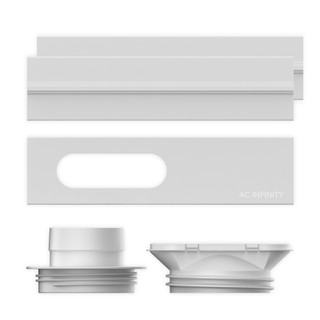The old mercury arc lamps caused the ozone issue, they also released mercury into the environment. The heat those lamps generated also caused out-gassing of substrates you were printing to. LED lamps pretty much eliminated that part, but... Modern inks are lower VOC than they once were, but not non-VOC, and still rather toxic. The UV ink curing process also draws oxygen out of the environment, so use in confined, unventilated spaces isn't reccomended in my book. The worst thing you can do is come in direct contact with uncured UV inks, because yes, they will absorb through skin, and build up a systemic sensitivity, so always use gloves for cleaning, maintenance, etc.
Years ago I had one of the first Acuity x2's, you could load half the bed while the other half was printing, so it could run non-stop, and it got bad. We had a 1,200sf print room with a total of 4 printers in it. The room and my office were sealed off to keep the the environment contained & clean, we started with three hanging air scrubbers, plus the exhaust fan that was in the room when we got into the UV's, wasn't close to enough. So we added a dedicated HVAC system with fresh air intake, waterfall humidifier, and electrostatic filtration. Air dampers controlled exhaust, and a single floor return to maintain pressure in the room. The air was always being refreshed. Still wasn't completely odor free when it was done, but it wasn't irritating, didn't get headaches, only bothered people who came in that didn't "like the smell"... Most prominent smell after it was complete was that ozone-ish odor from those old arc curing lamps when they were running full power. You'll never be 100% odor free when using any chemical, safe or not, open a jug of iso (or a good bottle of bourbon) and the room will smell like alcohol, but mitigating as much of the bad stuff as you can is what it's about.
The HVAC was still being installed in this pic, when it was done the air scrubbers were relocated to pull directly away from printers and shoot towards the exhaust end to maximize their efficiency. I was there for over 15 years, a decade or more since these upgrades were made to run UV's, and still have no sensitivity issues to UV inks. It probably wasn't perfect, but I'll call it a win.



